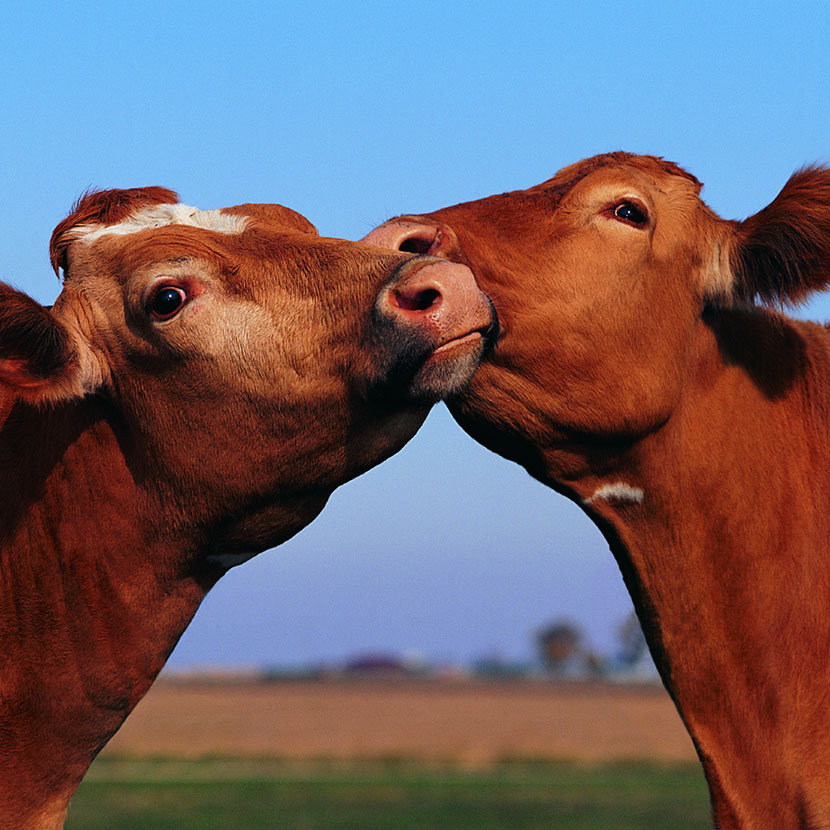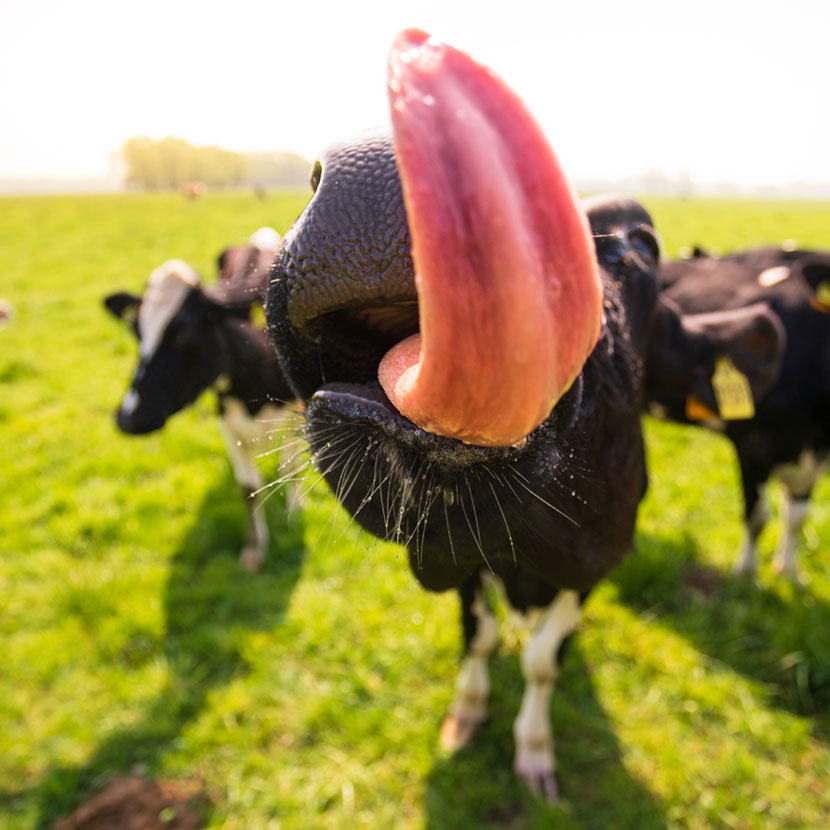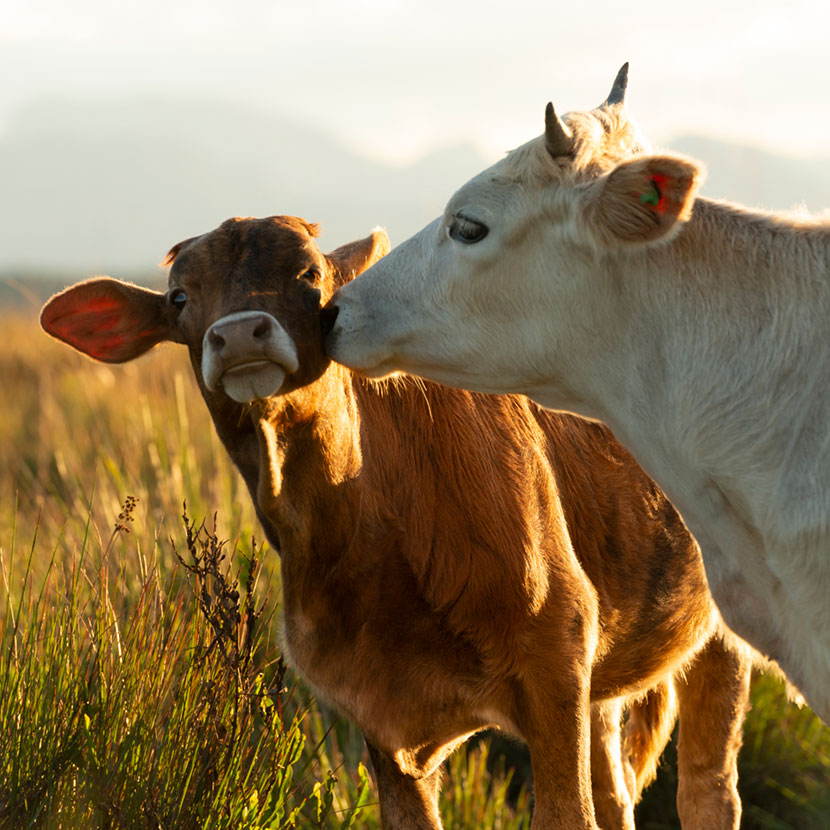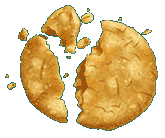ANIMAL WELFARE
Bovine love: Friendships between cows


Of networking, allogrooming and harmony in the cattle shed
Thanks to the branding of a particular brand of European chocolate, some European children imagine cows as being lilac, and as passing their time on mountaintops where they make delicious chocolate. When they grow up, the lilac chocolate fantasy is replaced by a rather boring idea of cows: ruminant, slow and lactating, cows are generally seen less as cute or sweet and instead as cumbersomely large. The situation gets even more precarious for factory-farmed cows. All that counts is how much milk they can produce. The more liters they can produce per day, the better. They are also judged by the state of their udders, and the quality of their milk. Neither sentimental characteristics nor the ability to consider things closely are necessary for this.
„cattle“

However, neither the picture in children’s imaginations nor the boring image that adults have of cows, nor even the idea peddled by factory farming – that cows are supposedly meant to perform and produce – does justice to our clever cows (whose name has so often been used as an insult). That’s because these thoughtful animals with their large eyes as round as marbles and their rough tongues will win you over with their friendly demeanor, their beautiful markings, and their big hearts – which make them experts at friendship, empathy and networking. The latter has been evidenced by a scientific study conducted by Chilean and American researchers, who looked at animals’ social body language (“allogrooming”): specifically, a group of dairy cows, which they took as an example and observed in terms of their social abilities. The conclusion they came to was that not only do cows make friends – they create entire bovine networks, and adjust their behavior depending on the social context. Just like we do.
These impressive findings were published in the journal “Frontiers in Veterinary Science” (Understanding Allogrooming Through a Dynamic Social Network Approach: An Example in a Group of Dairy Cows, I. Freslon, J. M. Peralta, A. Strappini, G Monti, August 2020). If you’re asking yourself why there are scientific studies on friendships between cows, then as you’ll read below, it’s because cows need friends in order to stay healthy and to be able to produce milk. These findings may therefore also mean a turning point for commercial dairy cow farming, as cows which have a healthy social life and engage in lively interactions with other members of the herd are not only healthier – they also produce more milk. That’s the conclusion reached by the study – which, due to the limited herd size of the cows researched, can only give a limited insight into this proportionality. The fact is that as part of conventional pasture grazing, cows are often subject to stress. Regularly mixing up herds, separating cows from their calves and a changing environment are just some of the factors which these sensitive animals have to cope with, and which can have a negative effect on their ability to produce milk.
The bovine network: follow your tongue.

But how does networking work if you’re a cow, you might ask? In principle, no differently to if you’re a human, even if the nature and intensity of the contact are different in practice. While you won’t come across many cows that are influencers or bloggers, they certainly know their social graces. Their tongues are very important here, as taking turns to groom each other’s hair is the key to true cow friendship. The social harmony-seeking animals’ mutual grooming behavior shows their desire for friendship and connection in their lives. This “licking behavior”, also known as social grooming or allogrooming, is very important in order to create as much harmony as possible within the herd. Cows usually seek out friends which are similar to them in terms of age and rank, as they trust them more. Older cows, on the other hand, take on the role of mediator. They take particular care to include outsiders and other individuals, to ensure that they’re integrated better into the friendship group and the cow network. Young or very active cows are not as well-integrated – they dare to stray further away from the group on a regular basis, in order to graze undisturbed and alone. In that respect they’re just like teenage humans, who also like to be left to their own devices sometimes.
Farmers can observe the natural grooming behaviors of their cows for an indication of how healthy the herd is. If it starts occurring less frequently or only very rarely, this can be a sign that the health of the herd is waning or that their social bond is breaking down. Problems in terms of health and social cohesion would mean decreases in the amount of milk produced, so it’s absolutely essential to re-establish harmony within the herd if you expect your cows to produce milk.
According to the science, one way to improve the happiness and health of cows is to have as little turnover as possible in the groups of cows on the pasture. Groups that stay together over long periods mean long-term friendships which foster the cows’ mental and physical health. And this emotional matter, which is thought by many to be “of no consequence”, translates directly into liters of milk produced. Which will put a smile on the face of other, slightly less emotional beings. And on our faces, of course, because it means these amazing animals can live out their friendly instincts to the full.
















